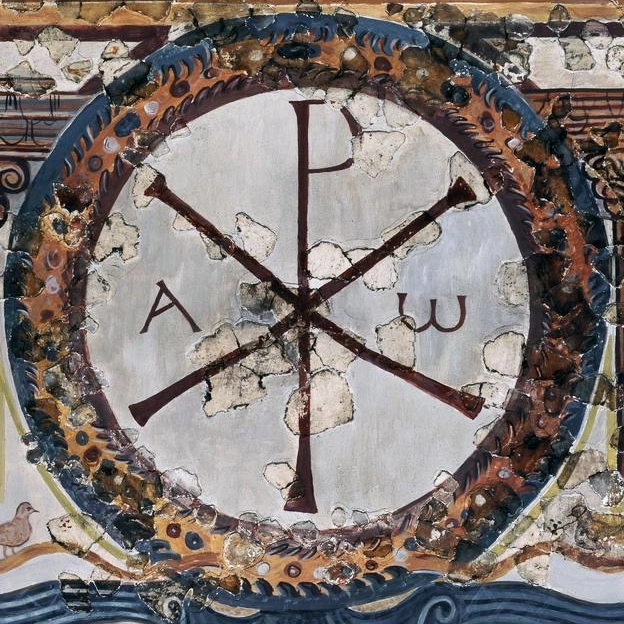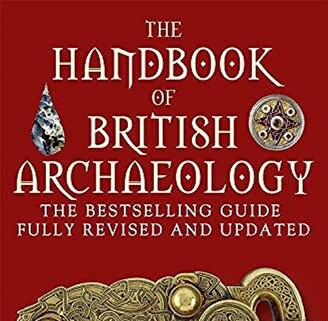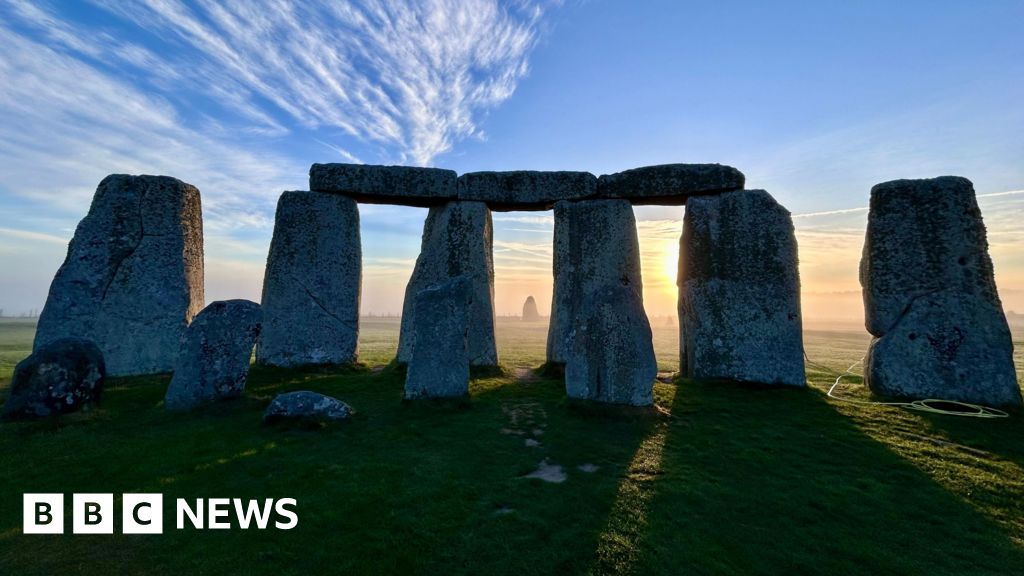- cross-posted to:
- [email protected]
- [email protected]
- [email protected]
- cross-posted to:
- [email protected]
- [email protected]
- [email protected]
Dr Robert Ixer, from University College London, who was also involved in the study, described the result as “shocking”.
“The work prompts two important questions: how was the Altar Stone transported from the very north of Scotland, a distance of more than 700 kilometres, to Stonehenge, and, more intriguing, why?”
The distance is the longest recorded journey for any stone used in a monument at that period and Prof Peace says that the next mystery to solve is how it got there.
Great bit of research which opens up new avenues of inquiry.
Worth noting that other studies have suggested long-distance connection during the Neolithic, line this study doing isotope analysis on pigs:
Results demonstrate that the Late Neolithic was the first phase of pan-British connectivity, with the scale of population movement across Britain arguably not evidenced in any other phase in prehistory. These long-distance networks were sustained by the movement not only of people but also of livestock. The complexes represent lynchpins for these networks, and it is not only the famous megalithic centers of Stonehenge and Avebury that were major foci. All four sites show long-distance connectivity, and there is no indication that they served different networks; all drew people and animals from across Britain. After more than a century of debate concerning the origins of people and animals in the Stonehenge landscape, these results provide clear evidence for a great volume and scale of intercommunity mobility in Late Neolithic Britain, demonstrating a level of interaction and social complexity not previously appreciated
We should be vigilant, they may try to steal it back, and stick it under a fancy chair!
Close the A303!




